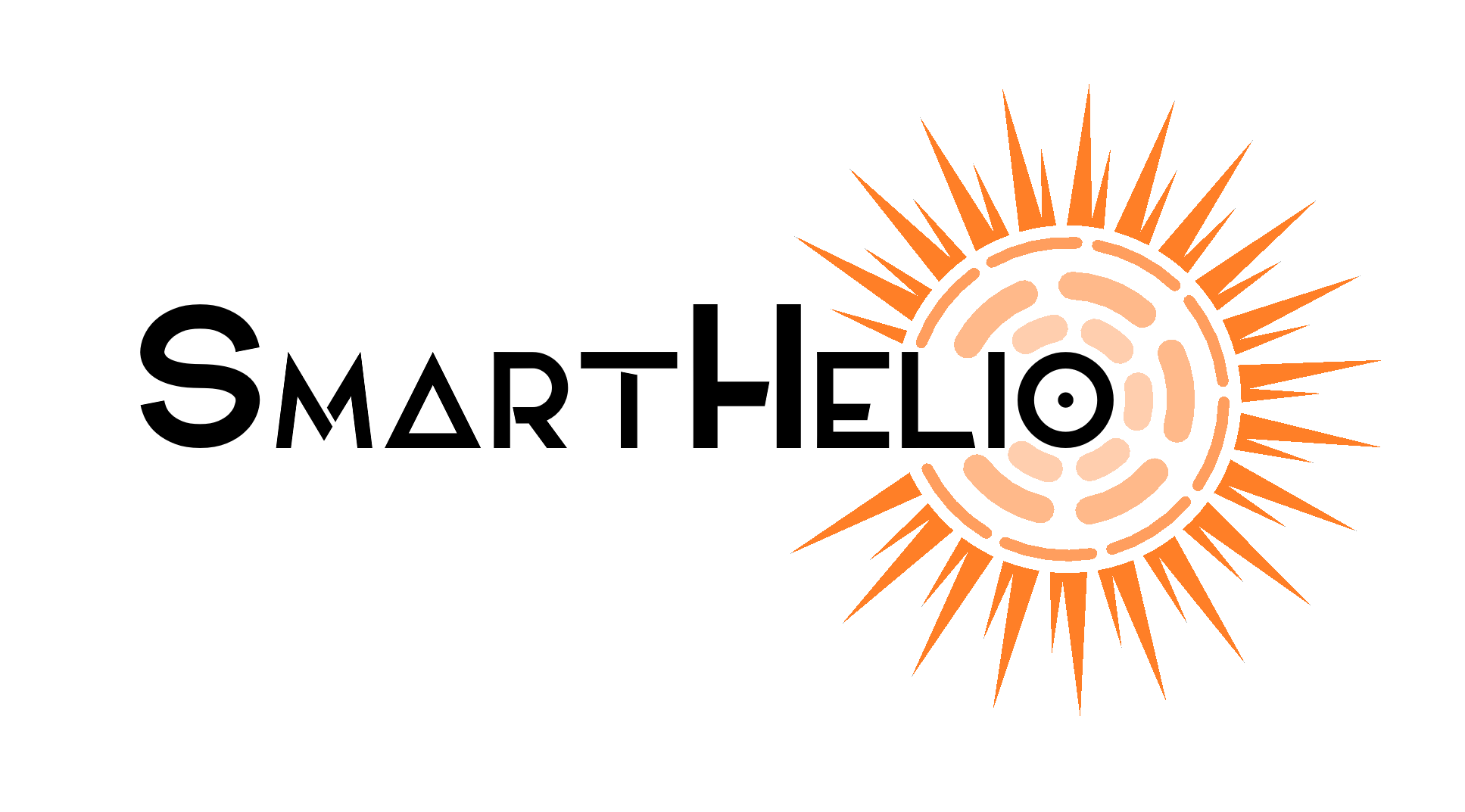
Current solar thermal CST tower technology has a clear limitation in terms of the annual optical efficiency of the heliostat field (reaching to 60% to 70% range), and commercial plants are currently approaching these limits. Losing between 30% to 40% of the energy of the direct solar radiation reaching the solar tower system just in the heliostat field, limits drastically the possibilities to substantially increase the cost competitiveness of solar tower technologies in the future. The underlying reason for the relatively low optical efficiency of commercial scale CST tower systems is the concept itself. Current technology is mono-tower and mono-receiver. This means that all heliostats in the heliostat field have to aim to the same region of space during the whole day and every day of the year. When this is the case, geometrical optics dictates that cosine, transmissivity and blocking losses will increase with heliostat field size. Thus, current mono-tower and mono-receiver solar tower technology is intrinsically limited in their optical performance particularly for large heliostat sizes, and, therefore, particularly for large powers. To overcome these limitations and substantially increase the optical efficiency of CST tower systems of any size, the current trend is to move to multi-tower systems, in which several tower/receiver subsystems are present and sharing a heliostat field in such a way that, at every instant of time, every heliostat in the heliostat field aims to the receiver that will maximize its instantaneous optical efficiency. Obviously, for such a heliostat field to work properly and achieve much higher annual optical efficiencies than heliostat fields of the state-of-the-art mono-tower systems, the constituting heliostats should be able to change their aiming point by modifying their focal length.
Although CST tower systems are designed and idealized as point focusing systems, in reality, the power reflected from the curved mirror surface of the heliostat creates a finite size image of the sun due to sun-tracking errors, atmospheric conditions, optical errors of the mirrors, etc. To achieve the curved mirror surface, conventional facets supplied to commercial plants are making use of cold mechanical conformation techniques with supporting frames at the back of the mirrors, taking into advantage the very long focal lengths (few hundreds to couple of thousand meters) required for conventional mono-tower fields. On the other hand, multi-tower systems require heliostats with shorter focal lengths (few tens of meters), which are achieved with deformations 10 times smaller than mono-towers.
The overall objective of the SmartHelio project is to advance to a Technology Readiness Level of 5 (TRL5) a breakthrough technological innovation targeted to substantially increase the cost-competitiveness, operational flexibility, range of concentration and temperature levels of CST tower systems. This innovation regards to the development of a ‘’smart modular heliostat’’ which in addition to sun tracking capabilities (as current heliostats do), has the additional degree of freedom of being able to dynamically adapt its focal length.
The project bridges the gap between academia and local industry and brings together The Cyprus Insitute and two local companies, i.e. Nikolaides & Kountouris Metal Industry LTD and Novatex Solutions LTD for jointly developing the smart heliostat, aiming, among others, to provide the key enabling technology for the development of multi-tower multi-aiming Concentrated Solar Thermal (CST) tower systems, and, with a potential to enable heliostat field standardization for mono-tower CST systems.
Website:
Contact Person:
Funding:

Partners:
Nicolaides & Kountouris Metal Company LTD

Novatex Solutions LTD
![]()